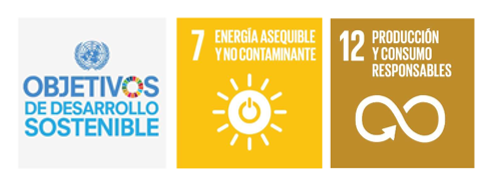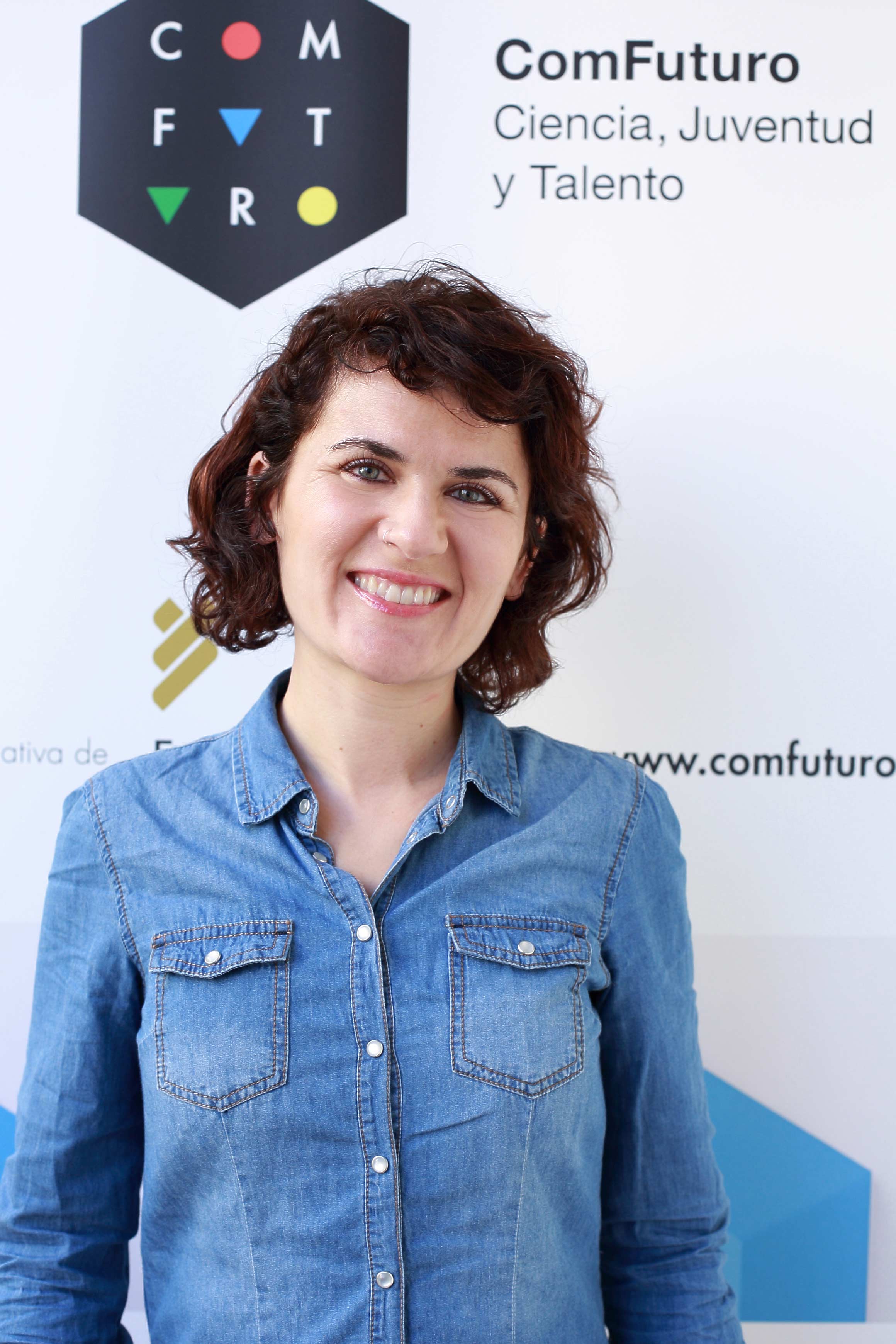
Ana Belén Dongil holds a degree in Chemical Engineering from the Complutense University of Madrid. She developed her doctoral thesis at the Institute of Catalysis and Petrochemistry (CSIC), receiving the extraordinary doctoral prize for her work on the study of chemo- and enantioselective hydrogenation reactions, using homogeneous catalysts supported on carbon materials. In 2011-2012 she was employed as a post-doctoral fellow at the Eidgenössische Technische Hochschule (ETH, Zürich) where she continued the study of enantioselective catalysts. Subsequently, she obtained a Fondecyt project from the Chilean Ministry of Education, for which she was the lead researcher. During this period, her research focused on the development of bi-functional catalysts based on carbon nanostructures for reactions of interest in fine chemistry. During this period, she also established collaborations in various fields of catalysis focusing on the development of catalysts for biomass utilisation. Since February 2019 and until 2021, she was a ComFuturo researcher at the Institute of Catalysis and Petrochemistry where she developed her ComFuturo project “New graphene materials for the synthesis of methanol from CO2 and H2”. After ComFuturo, she was awarded with a position as a Ramón y Cajal researcher.

Project Summary
In order to reduce greenhouse gas emissions into the atmosphere generated by human activity, several routes have been identified. In addition to increasing the percentage of renewable energy use, the European Union, in its 2050 Energy Roadmap, establishes that the capture and storage of CO2 (Carbon Capture and Storage: CCS) will have to play a key role in the overall generation of energy from fossil fuels. If, in addition, we are able to take advantage of CO2 (Carbon Capture and Use, CCU) and convert it into commercially useful products, we will make the process viable and more sustainable.
An alternative is to hydrogenate the CO2 to synthesise methanol, which, thanks to its physicochemical properties, is an excellent energy vector. This means that it can store energy from, for example, excess production peaks of solar or wind installations, and transport it safely to the point of use, avoiding the need for new transport and storage infrastructure. In addition, methanol can be used as a transportation fuel, but its major contribution to reducing CO2 is to convert it into other molecules with longer lifetimes, such as ethylene, which is used in the production of plastics.
The scientific challenge of methanol synthesis by this route is that CO2 is a molecule that is difficult to activate and convert into other products, which requires high energy consumption. To reduce this consumption, it is necessary to find catalysts that facilitate the process under industrially viable conditions. These catalysts must also be highly selective to the product of interest, stable and, as far as possible, compatible with existing facilities.
Therefore, the project proposes the use of transition metal carbides supported on graphene materials. These materials are characterised by their low cost and large surface area, which means they have the potential to disperse the active phase into very small particles. In addition, modifications in the graphene structure are expected to facilitate the activation of CO2 and its conversion to methanol.
Application: Mainly, the project applies directly to refineries, power generation plants and other industries such as steel production, which will eventually have to offset the CO2 emissions they generate. The possibility of using this CO2 as an economical, safe and renewable source of carbon to obtain high value-added products is one way of making the process viable. Furthermore, methanol, as an energy carrier, can play a key role in the future of energy, where we will see more decentralised and multi-source power generation systems.
Scientific output derived from the ComFuturo GRAFCO2 Project
Scientific articles
A. B. Dongil; J.M. Conesa; L. Pastor-Perez; A. Sepulveda-Escribano; A. Guerrero-Ruiz; I. Rodriguez-Ramos (2021). Carbothermally generated copper-molybdenum carbide supported on graphite for the CO2 hydrogenation to metanol. CATALYSIS SCIENCE & TECHNOLOGY. DOI:10.1039/D1CY00410G
D. H Carrales-Alvarado, A.B. Dongil, A. Guerrero-Ruiz I. Rodríguez-Ramos (2021). Effect of N-doping and carbon nanostructures on NiCu particles for hydrogen production from formic acid. APPLIED CATALYSIS B: ENVIRONMENTAL. DOI: 10.1016/j.apcatb.2021.120604
D. H Carrales-Alvarado; A.B. Dongil; J.M. Fernández-Morales; M. Fernández-García; A. Guerrero-Ruiz; I. Rodríguez-Ramos (2020). Selective hydrogen production from formic acid decomposition over Mo carbides supported on carbon material. CATALYSIS SCIENCE & TECHNOLOGY. DOI:10.1039/D0CY01088J
A. B. Dongil; Q. Zhang; L. Pastor; T.R. Reina; A. Guerrero-Ruiz; I. Rodríguez-Ramos (2020). Effect of Cu and Cs in the b-Mo2C system for CO2 hydrogenation to Methanol. CATALYSTS. DOI:10.3390/catal10101213
A. B. Dongil (2019). Recent Progress on Transition Metal Nitrides Nanoparticles as Heterogeneous Catalysts. NANOMATERIALS. DOI:10.3390/nano9081111
Works presented at conferences
A. Belén Dongil; A. Guerrero-Ruiz; I. Rodríguez-Ramos. Effect of the support and synthesis conditions on Cu-molybdenum carbide for CO2 hydrogenation. 9th International symposium on carbon for catalysis. Oral presentation. Zaragoza, Spain. 26/06/2022-28/06/2022
